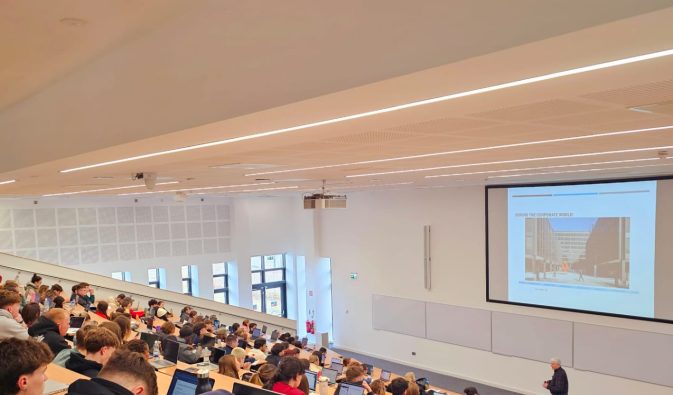Universities
Colleges and universities are embracing No-Code and Low-Code technologies to better prepare students for modern careers where digital fluency and innovation are increasingly essential.

Computer Science
No-Code platforms like Thunkable can quickly teach fundamentals of software development using a simple drag-and-drop interface, before students move to more advanced topics.
No-Code/Low-Code database platforms like Xano with whatever language you teach students to provide a quick and easy way to rapidly create prototypes that can scale to full commercial rollout.
Rapid Prototyping
No-Code tools allow for interactive prototyping much more quickly than traditional software development.
Teach Fundamentals Visually
No-Code/Low-Code platforms are visually engaging which makes them easier to learn but they also provide a springboard more in-depth software development.
Simple, Scalable Database
Rapid creation of secure end-points releases students to focus on perfecting their software language skills.
AI
60% of computer software is now written by AI. No-Code/Low-Code provides a simple stepping stone to understanding the potential of AI and it's limitations.
"No-Code/Low-Code complements traditional software development"

Finbarr McCarthy
Idea Realized
Increase speed and accuracy
Prototyping and interative improvements can be tested using no-code/low-code tools, freeing development team to focus on mission-critical systems that require custom code, advanced logic, or high scalability.
Most software projects fail because of a mis-alignment between customer expectations and how they have been presented to the development team.
Business users, designers, and educators can directly contribute to building and refining digital solutions without needing to write code. This democratization speeds up feedback loops, reduces dependency on scarce IT resources, and ultimately creates a more agile and responsive software development ecosystem within organizations.
Business Courses
Tools like Microsoft Excel have been taught on business courses for decades and will continue to be for the foreseeable future.
The advent of no-code tools opens new opportunities for students to learn about the software development life cycle as IT can deliver strategic advantage to businesses that harness its potential within their industries.
Problem Solving
Students can turn ideas into functional apps or workflows, applying business concepts like process optimization, customer experience, or data analysis in real time.
Faster Prototyping & Testing
Students can quickly build and iterate on business solutions, gaining experience in agile methodologies and design thinking with minimal technical barriers.
Digital Literacy & Innovation
No-code tools boost digital confidence and teach students how to innovate without coding, a valuable skill in today's tech-driven business environment.
Career Readiness
Exposure to no-code platforms aligns with workplace trends, giving students a competitive edge by equipping them with practical tools increasingly used in startups, consulting, and corporate settings.
A no-code module within a business course should qualify for 5 ECTS leraning credits
CONTACT US